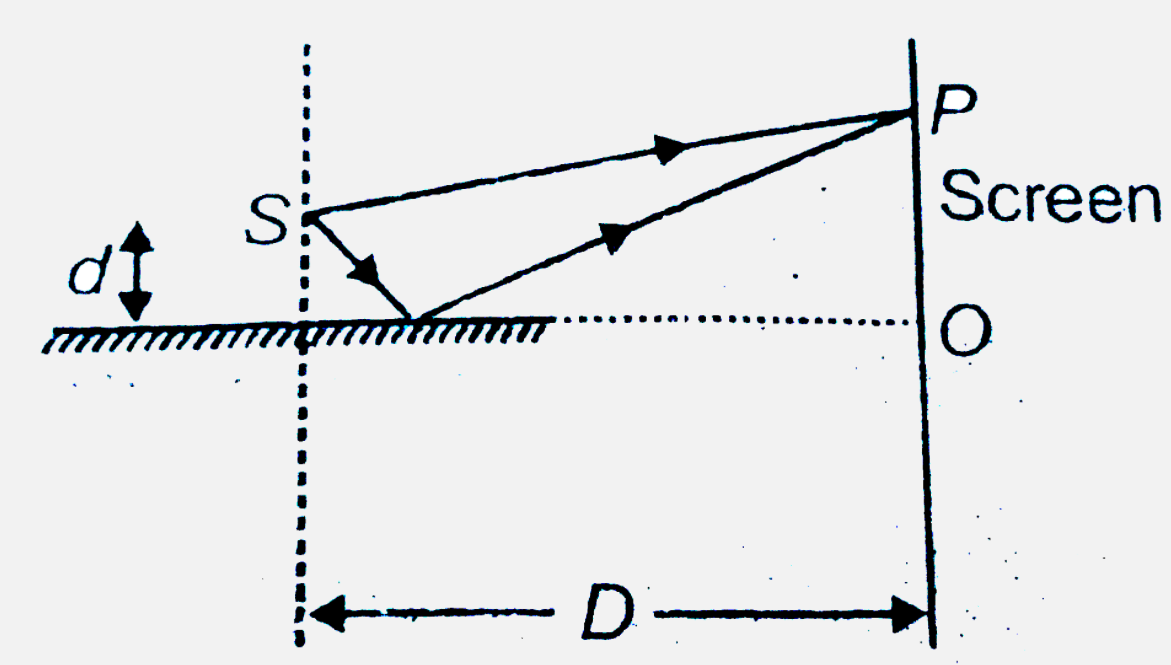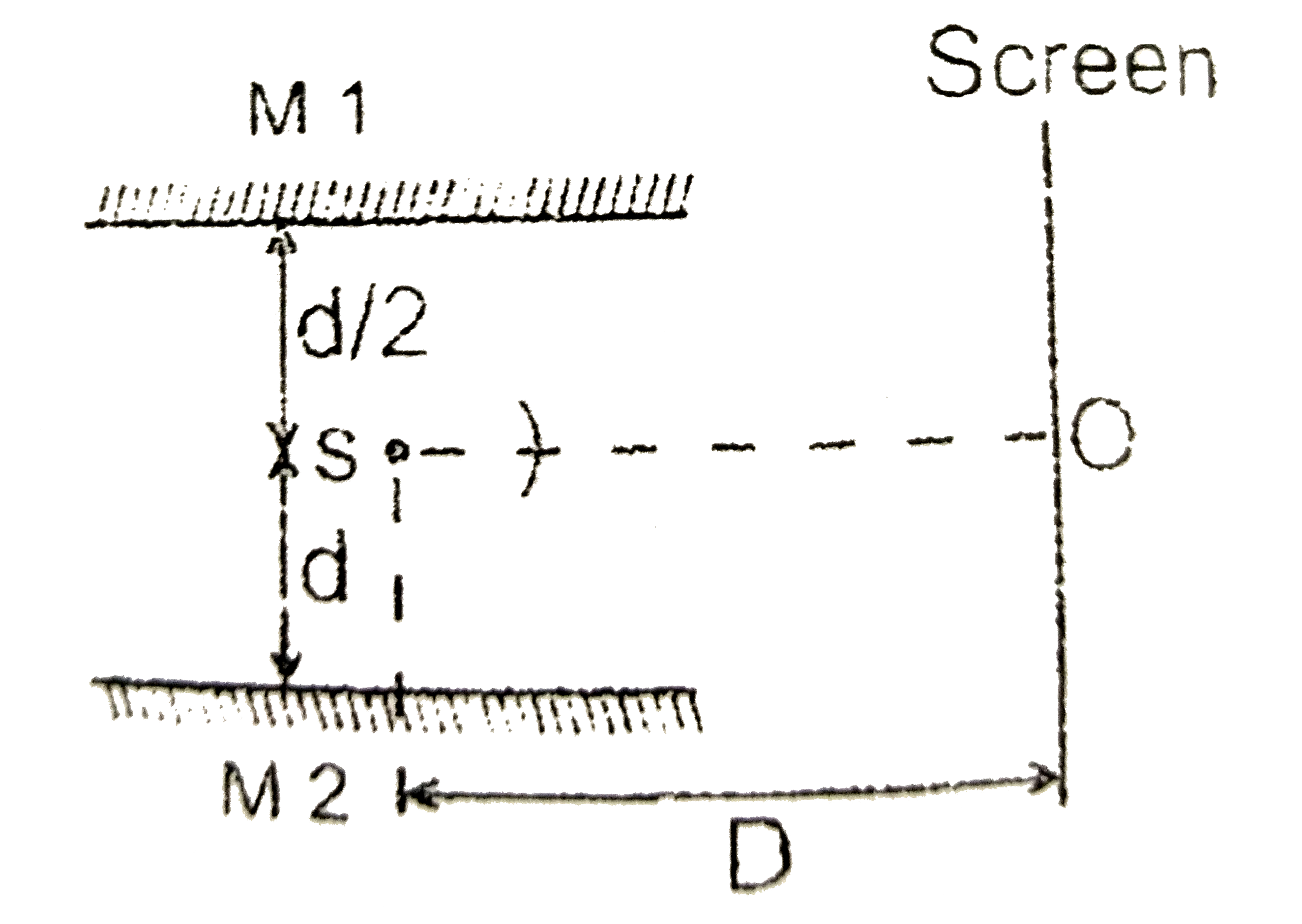In which of the following cases do we obtain a spherical wave fron ?
a) sunlight focussed by a convex lens
b) light diverging from a straight slit
c) light emitted by a point source in an isotropic medium
d) a parallel beam of light reflected from a plane mirror
a, b only
b, c only
a, d only
a, c only
The correct Answer is:D
Step by step video & image solution for In which of the following cases do we obtain a spherical wave fron ? a) sunlight focussed by a convex lens b) light diverging from a straight slit c) light emitted by a point source in an isotropic medium d) a parallel beam of light reflected from a plane mirror by Physics experts to help you in doubts & scoring excellent marks in Class 12 exams.
Topper's Solved these Questions
- BOOK - AAKASH SERIESCHAPTER - WAVES OPTICSEXERCISE - EXERCISE -IA (MATCHING TYPE QUESTIONS)6videos
WAVES OPTICS
- BOOK - AAKASH SERIESCHAPTER - WAVES OPTICSEXERCISE - EXERCISE -IA (ASCENDING AND DSCENDING ORDER TYPE QUESTIONS)6videos
WAVES OPTICS
- BOOK - AAKASH SERIESCHAPTER - WAVES OPTICSEXERCISE - EXERCISE -IA (SATEMENT TYPE QUESTIONS)12videos
WAVES OPTICS
- BOOK - AAKASH SERIESCHAPTER - WAVESEXERCISE - EXERCISE-III (Doppler effect :)15videos
WAVES
Similar Questions
Knowledge Check
- Question 1 - Select One
Assertion : Wavefronts obtained from light emitted by a point source in an isotropic medium are always spherical.
Reason : Speed of light in isotropic medium is constant.AIf both assertion and reason are true and reason is the correct explanation of assertion.BIf both assertion and reason are true but reason is not the correct explanation of assertion.CIf assertion is true but reason is false.DIf both assertion and reason are false. - Question 2 - Select One
Which of the following is correct for light diverging from a point source ?
AThe intensity decreases in proporation for the distance squared.BThe wavefront is parabolic.CThe intensity at the wavelength does not depend on the distance.DNone of these.
Which of the following properties show that light is a transverse wave? a) Reflection b) Interference c) Diffraction d) Polarization
View SolutionWhich of the following statement is / are correct about the refraction of light from a plane surface when light rays is incident in denser medium. [ C is critical angle ]
View SolutionA narrow slit S transmitting light of wavelength 'λ'. Is placed at a distance d above a large plane mirror as shown. The light coming directly from the slit and that coming after the reflection interfere at a screen S placed at a distance D from the slit. at what distance from point O, the resultant intensity is maximum ? (there is a phase change of π of reflection from the mirror)
 View Solution
View SolutionM1 and M2 are two plane mirrors which are kept parallel to each other as shown. There is a point 'O' on perpendicular screen just infront of 'S'. What should be the wavelength of light coming from monchromatic source 'S'. So that a maxima is formed at 'O' due to interference of reflected light from both the mirrors. [Consider only 1st reflection]. [D>>d,d>>λ]
 View Solution
View SolutionAnswer the following:
(a) What is a wave front? How does it propagate? Using Huygens' principle, explain reflection of a plane wavefront from a surface and verify the laws of reflection.
(b) A parallel beam of light of wavelength 500nm falls on a narrow slit and the resulting diffraction pattern is obtained on a screen 1m away. If the first minimum is formed at a distance of 2.5mm from the centre of screen, find the
(i) width of the slit, and
(ii) distance of first secondary maximum from the centre of the screen.View SolutionA parallel beam of monochromatic light falls on a combination of a convex lens and a concave lens of focal lengths 15 cm and 5 cm respectively. What is the distance between the two lenses to obtain a parallel beam of light from the concave lens ?
View Solution

